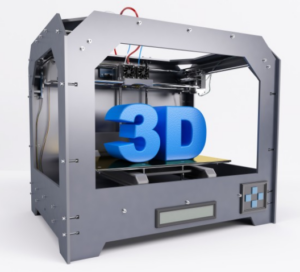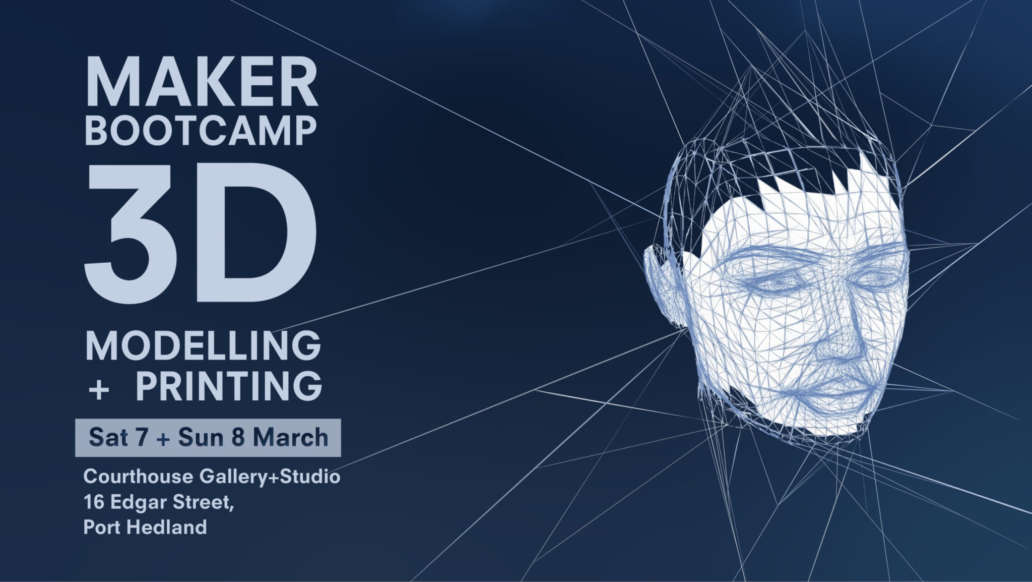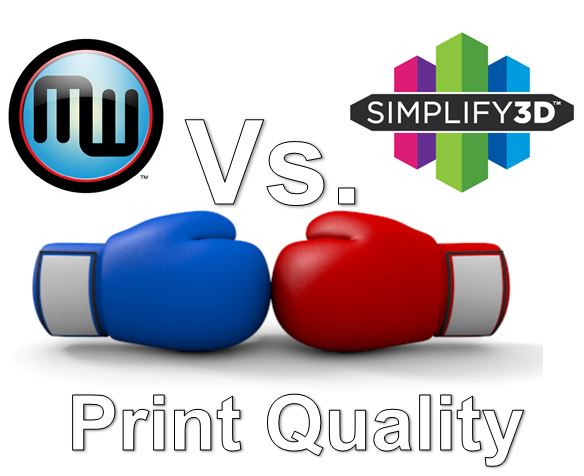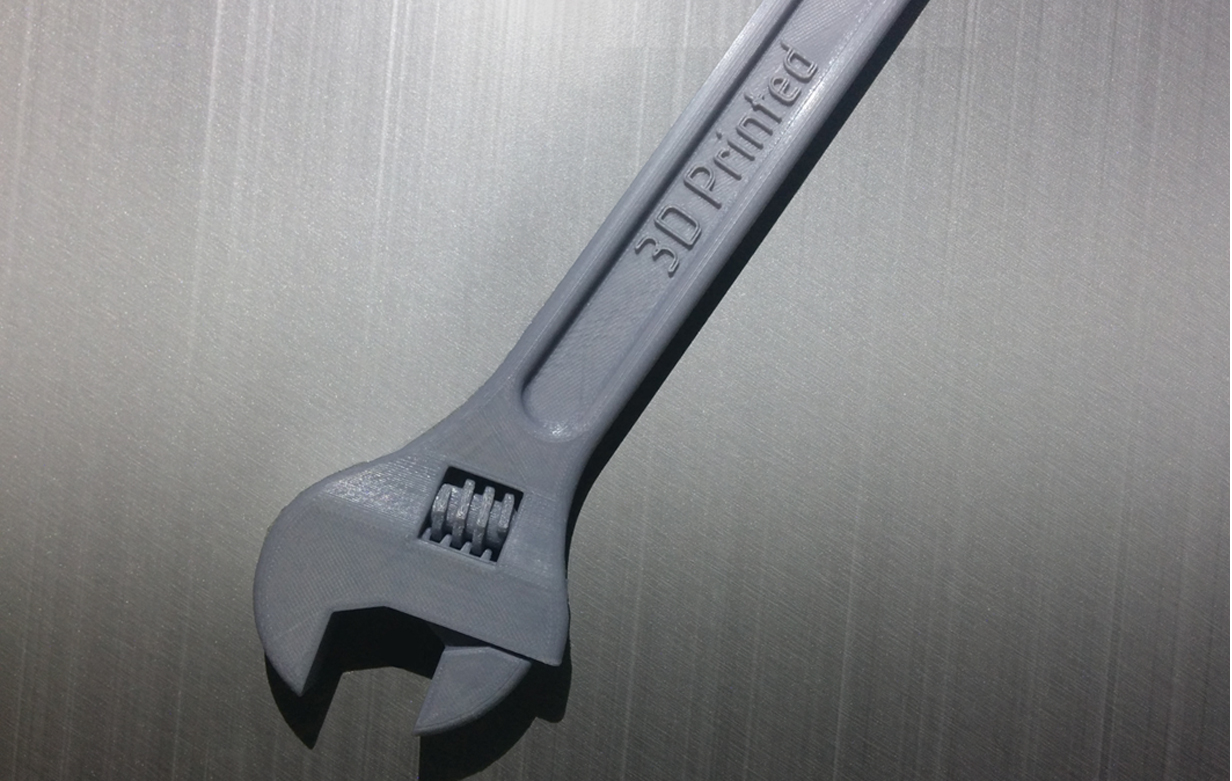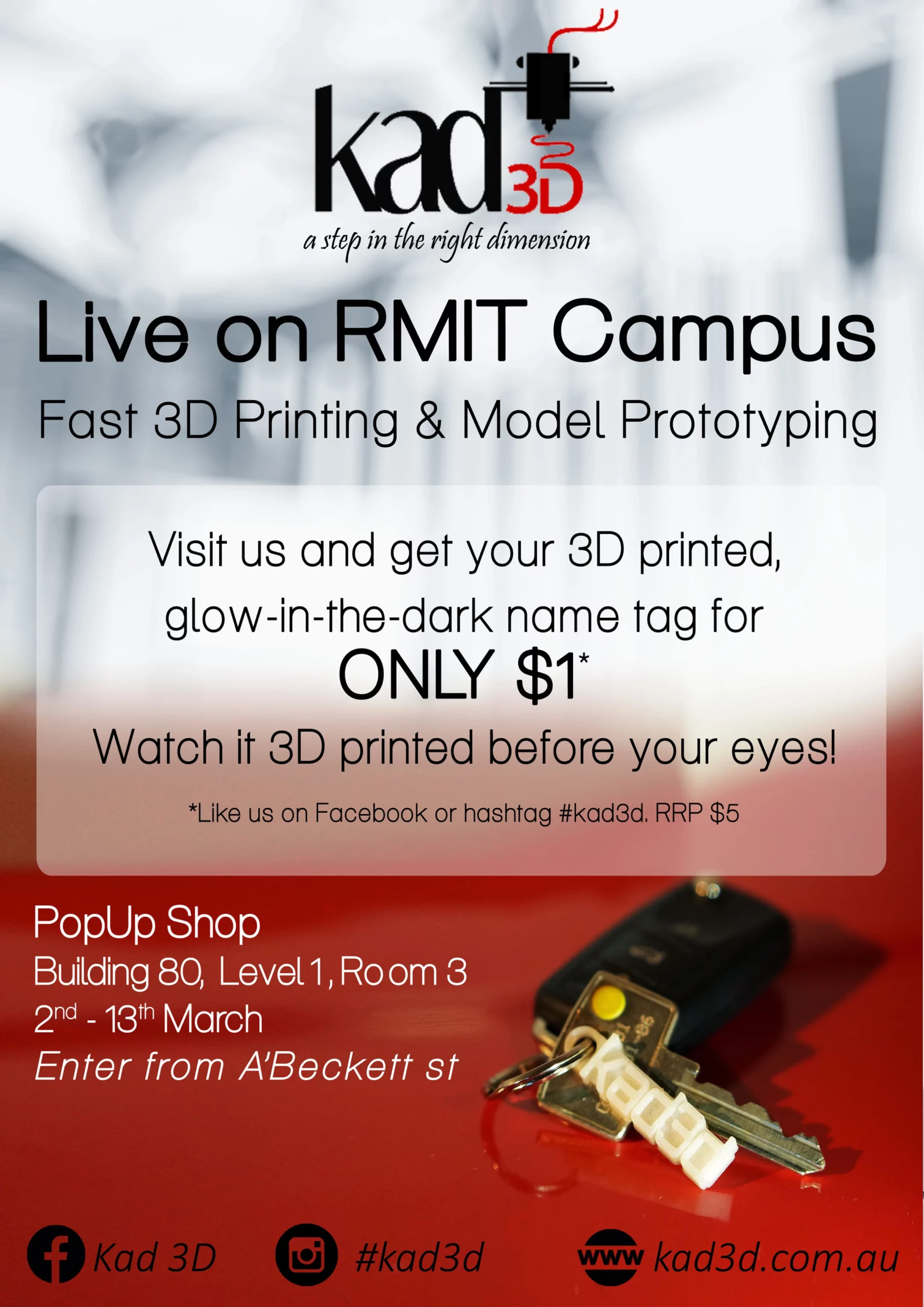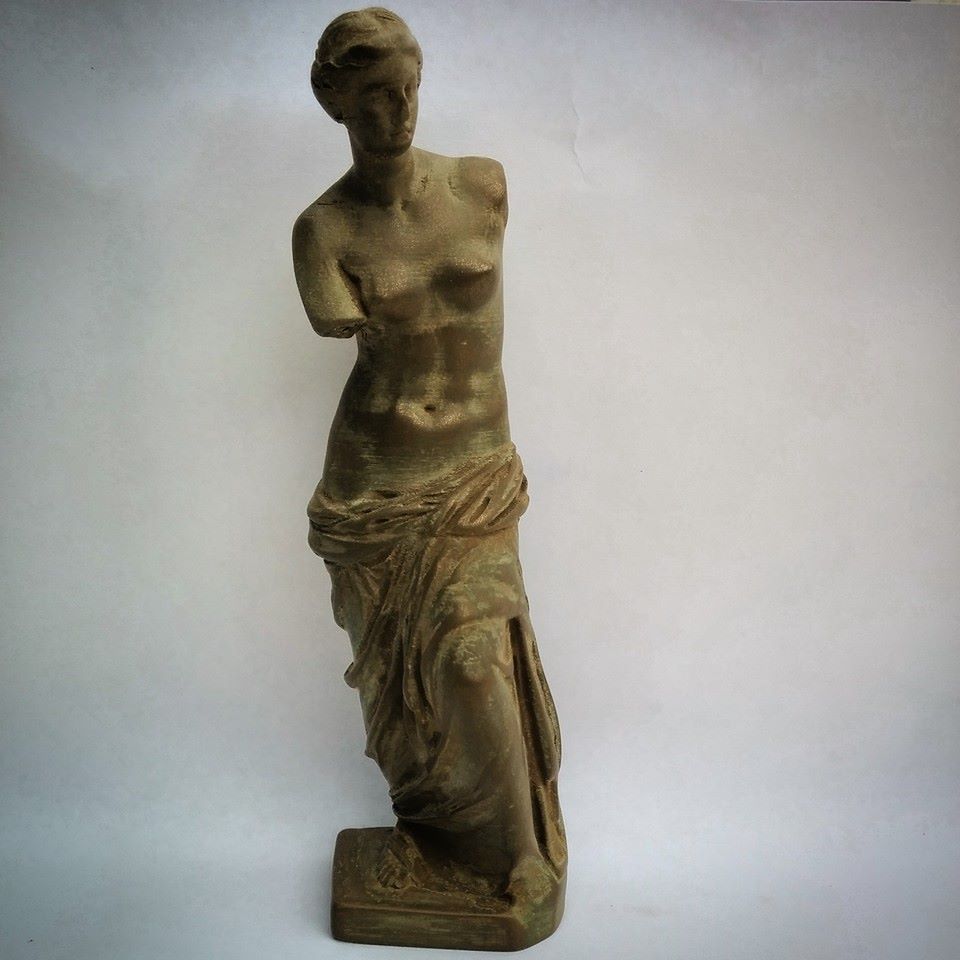PC-ASA (Polycarbonate-Acrylonitrile Styrene Acrylate)
Brief Introduction and History: PC-ASA is a thermoplastic polymer blend that combines the properties of polycarbonate, acrylonitrile styrene, and acrylate. It was developed to offer a balance of strength, impact resistance, and weatherability, making it an ideal material for various applications in 3D printing. This material has gained significance in 3D printing due to its ability to withstand outdoor environmental conditions, making it suitable for functional and aesthetically focused prints. The history of PC-ASA dates back to the need for a durable and weather-resistant material in industries such as automotive, electronics, and consumer goods.
Material Composition: PC-ASA is made from a blend of polycarbonate, acrylonitrile styrene, and acrylate. The combination of these components results in a material that exhibits a unique balance of properties including impact resistance, thermal stability, and UV resistance.
Uses: Common applications for PC-ASA include automotive parts, outdoor equipment, electrical housings, and consumer goods such as electronic enclosures and covers.
Best Fit Use: PC-ASA is best suited for outdoor applications that require durability, impact resistance, and resistance to weathering.
Detailed Example of Specific Use 1: A prominent use of PC-ASA is in the production of exterior automotive components such as grills, mirror housings, and trim pieces. The material’s ability to maintain its properties under prolonged exposure to sunlight and harsh weather conditions make it an ideal choice for these applications.
Detailed Example of Specific Use 2: Another significant application of PC-ASA is in the manufacturing of outdoor signage and displays. Its UV resistance and impact strength make it a suitable material for long-lasting installations that are exposed to the elements.
Difference Between Basic and Advanced Forms: Advanced variants of PC-ASA may include enhanced UV stabilization, improved chemical resistance, or modified flow properties for ease of processing in 3D printing.
Benefits: The advantages of using PC-ASA in 3D printing include high impact resistance, excellent weatherability, and ease of processing.
Drawbacks: One potential limitation of PC-ASA is its higher cost compared to other 3D printing materials. Additionally, the material may require higher printing temperatures and specialized equipment for processing.
Overall Rating for Daily Use: PC-ASA is highly suitable for both hobbyist and professional use, especially in applications that require outdoor durability and impact resistance.
Future Developments: Ongoing research in the development of PC-ASA focuses on improving its chemical resistance, expanding color options, and further enhancing its suitability for outdoor applications. Future advancements may also aim to streamline the processing of PC-ASA in 3D printing, making it more accessible to a wider range of users.
